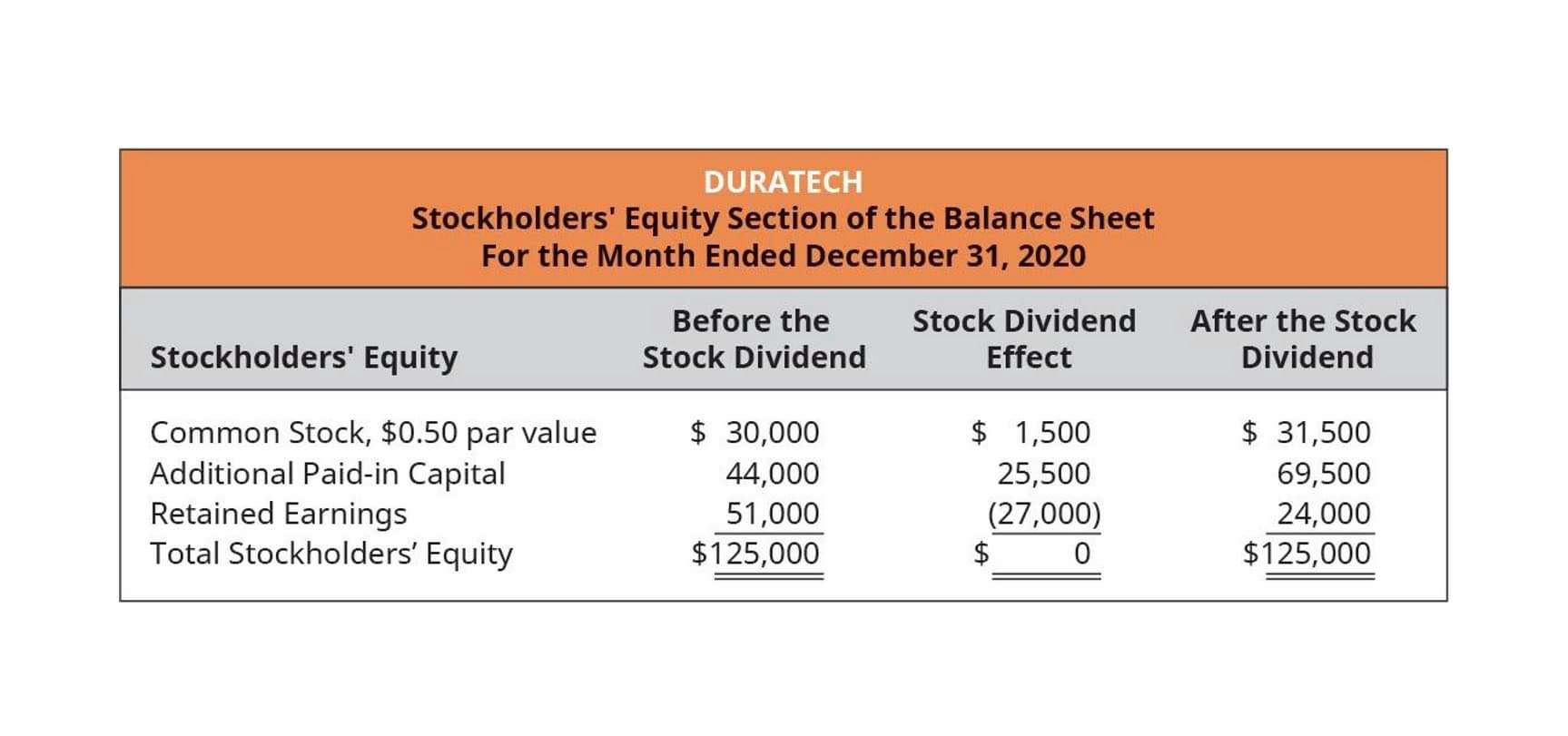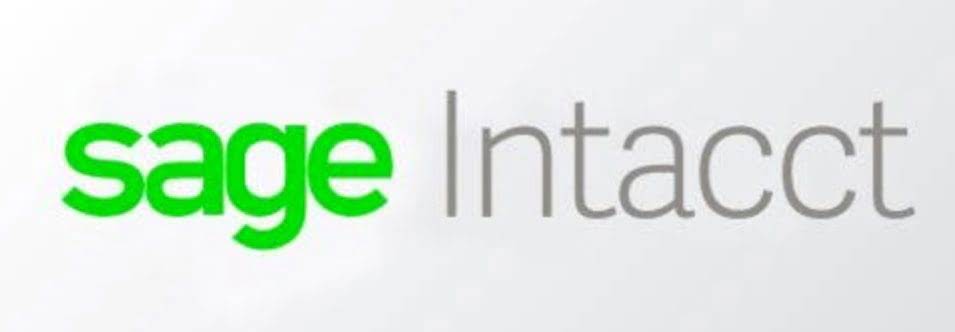What Are Liabilities in Accounting? With Examples Bench Accounting

This liability represents future tax payments that will become due when the temporary difference reverses. Current liabilities are financial obligations that a company owes within a one year time frame. Since they are due within the upcoming year, the company needs to have sufficient liquidity to pay its current liabilities in a timely manner.
Why Do Companies Offer These Benefits?
Keep up with Michelle’s CPA career — and ultramarathoning endeavors — on LinkedIn. Liabilities and equity are listed on the right side Partnership Accounting or bottom half of a balance sheet. Some loans are acquired to purchase new assets, like tools or vehicles that help a small business operate and grow.

Related AccountingTools Courses
- However, if the debt becomes too high without enough income to support it, it can lead to financial strain and reduced flexibility.
- Now that you know all the basics about these two financial metrics, all that’s left to do?
- The long term liabilities of a company are debts that the company owes that are due no less than a year in the future.
- The company pays periodic interest and repays the face value at maturity.
- Unlike assets, which you own, and expenses, which generate revenue, liabilities are anything your business owes that has not yet been paid in cash.
For example, say you need to buy $1,000 worth of raw materials this week. You’d need to ensure you have $1,000 ready to pay the supplier so production doesn’t stop. Depending on https://bodegasanclodio.com/depreciation-expenses-definition-methods-and/ the type of liability, you may have to pay it back immediately or at some point in the future. Liabilities are divided into two categories based on when they’re due—short-term liabilities and long-term liabilities. If you have liabilities, you’ll need to take money out of your business to pay them. Keeping track of liabilities is required to ensure you have sufficient funds to pay them off on time.

Cash on Hand/Petty Cash
Long-term liabilities are pivotal in understanding a company’s financial health and its future planning. They represent the financial obligations a company must fulfill over a period exceeding one year. Long-term notes payable encompass bank loans or other financing arrangements with repayment terms exceeding one year. These notes involve installment payments of both principal and interest over several years.
- When the main corporation issues a comparative balance sheet for the entire group of corporations, the balance sheet heading will state “Consolidated Balance Sheets”.
- Companies will generally disclose what equivalents it includes in the footnotes to the balance sheet.
- Long-term debt’s current portion is a more accurate measure of a company’s liquid assets.
- The balance sheet reports information as of a date (a point in time).
- You can use the Excel file to enter the numbers for any company and gain a deeper understanding of how balance sheets work.
- Contingent liabilities are recorded as long-term liabilities only if they meet the criteria of likelihood and estimability.

Long-term liabilities are an important part of a company’s financial operations. They provide financing for operations and growth, but they also create risk. Hedging strategies can manage this risk and protect against potential losses. Keep in mind that long-term liabilities aren’t included with tax liabilities in order to provide more accurate information about a company’s debt ratios. This is actually a different ratio called the long-term debt to assets ratio; comparing long-term debt to total equity can help show a business’s financial leverage and financing structure.
- Being part of the working capital is also significant for calculating free cash flow of a firm.
- The long-term nature of these benefits means the liability can extend for decades, requiring funding.
- Several examples of long-term liabilities appear in the following balance sheet exhibit.
- As we touched on above, accounts payable represents the amounts you owe to suppliers or vendors for goods or services you’ve received but haven’t paid for yet.
- Assets are recorded in the company’s general ledger accounts at their cost when they were acquired.
Expenses
- Below we’ll cover their basic definitions and functions, how they factor into the balance sheet and provide some formulas and examples to help you put them into practice.
- For example, in the U.S. the IRS requires that travel, entertainment, advertising, and several other expenses be tracked in individual accounts.
- The additional column allows the reader to see how the most recent amounts have changed from an earlier date.
- A current asset is a short-term asset, while noncurrent assets are long-term.
- Being able to recognize short-term and long-term liabilities is essential for evaluating a company’s liquidity and overall financial health.
- Long-term liabilities represent financial obligations that a company expects to settle over an extended period, typically longer than one year from the balance sheet date.
If you have an upcoming insurance premium or a tax payment, it’s considered a short-term liability. You need to pay these liabilities within a short period of time, typically in the same financial year. The clear classification and presentation of long-term liabilities are important for financial statement users.

In some cases, small business debt relief options may be available to reduce or restructure the overall amount owed, offering breathing room for businesses facing overwhelming liabilities. Liabilities represent financial obligations that a business owes to outside parties. These obligations reflect claims against a company’s assets, arising from past transactions or events. They are presented on a company’s balance sheet, which provides a snapshot of its financial position at a specific point in time. Understanding a company’s liabilities is important for assessing its financial health and its ability to meet its commitments.
Whether it’s office space, machinery, or vehicles, leases allow businesses to use assets without buying them. These obligations are clear examples of long-term liabilities that show up on the balance sheet. Long-term long term liabilities list debt includes loans or obligations that a business needs to repay after a year or more.
